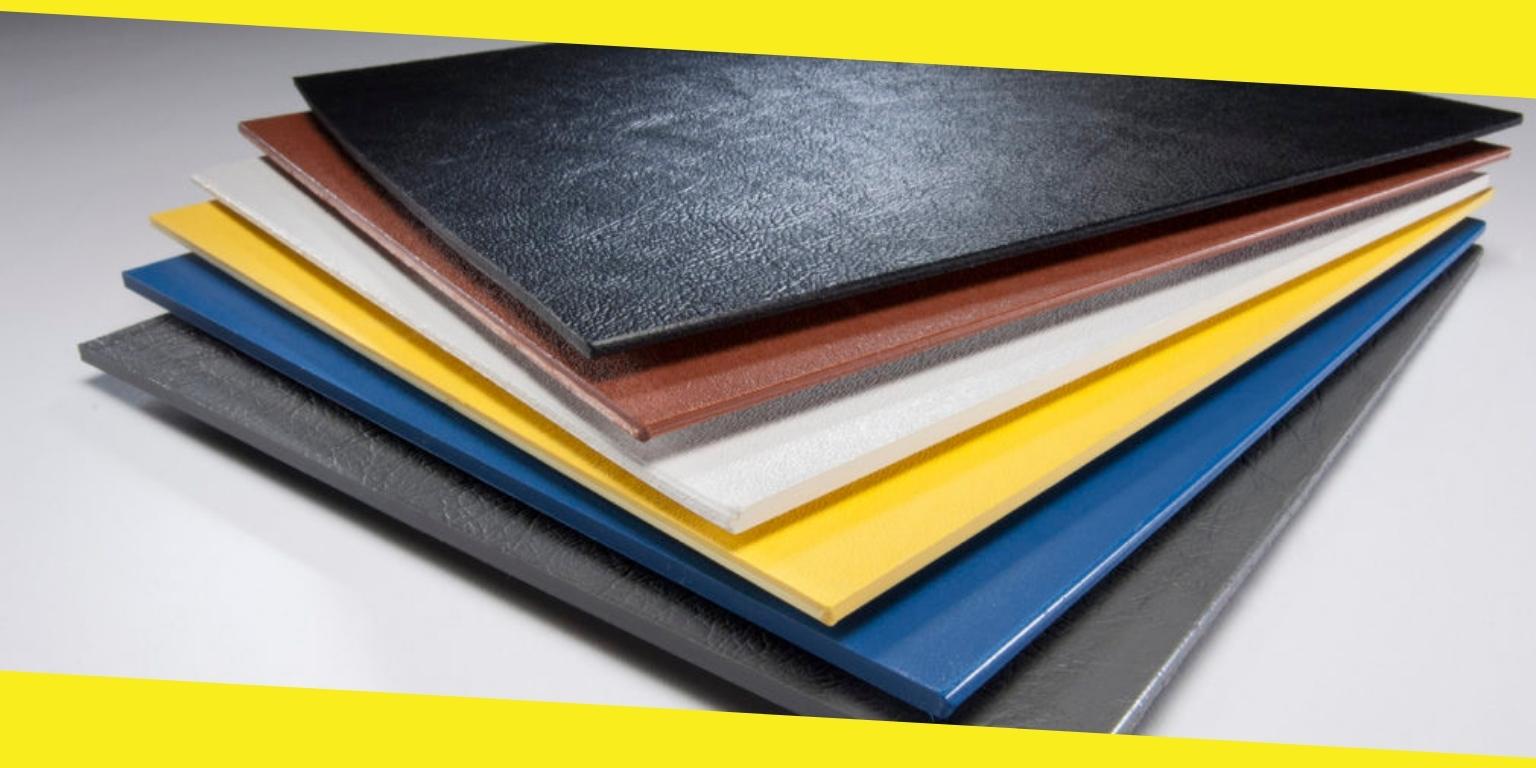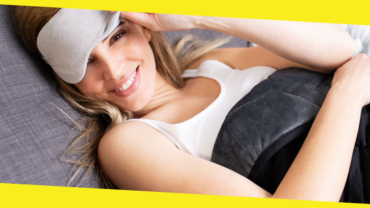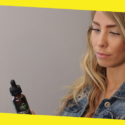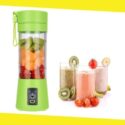What Types of Plastic Sheets There Are?

This article provides some useful information about the characteristics and properties of some of the most frequent thermoplastics, which we hope you find helpful.
Contents
ToggleABS
Acrylonitrile butadiene styrene (ABS) plastic sheet is one of the most adaptable and commonly used thermoplastics, particularly in thermoforming. ABS plastic sheet’s wide temperature range makes it relatively simple to mould. ABS plastic sheets have excellent dimensional stability, which makes cutting them quite simple. The Specific Gravity of ABS (ordinary grades) is 1.08.
PMMA/ABS
ABS plastic with an acrylic overlay is used to make this polycarbonate sheet. This co-extruded sheet combines the strength of ABS with an acrylic topcoat for a coloured or UV resistant surface. ABS is a thermoplastic that is opaque, but it can also be coloured. The Specific Gravity of ABS with an acrylic cap (PMMA/ABS standard grades) is 1.1.
HIPS
The plastic sheet is manufactured of high-impact polystyrene (High Impact Polystyrene Plastic Sheet, or HIPS for short). With the proper tools, trimming is simple with this low-cost and easy-to-thermoform material. HIPS materials are typically moisture-permeable and do not require pre-drying. Point of sale items is just a few examples of typical applications. ABS is superior in terms of chemical and impact resistance compared to HIPS. The Specific Gravity of HIPS (for standard grades) is 1.05.
SAN
Acrylonitrile butadiene styrene (SAN plastic sheet). SAN plastic sheet has comparable characteristics to HIPS, but it is more chemically resistant and UV stabilized. Clear grades have a blue tinge to them. The Specific Gravity of SAN (for regular grades) is 1.08.
Polypropylene
Polypropylene (PP) is the most common type of plastic used in cutlery. PP sheet has excellent chemical resistance, fatigue resistance (integral hinge property), and temperature endurance. The small thermoforming temperature range of PP makes it difficult to manufacture, as does webbing. Because PP is a semi-crystalline material, post-forming shrinkage rates are significant. To improve these characteristics, talc or a similar filler can be used. 0.92 is the Specific Gravity for Polypropylene Plastic Sheet (PP standard grades).
HDPE
High-Density Polyethylene (HDPE) is a type of plastic that’s used to make food containers. It can also be found in kraft paper, and it has excellent impact resistance at low temperatures but poor UV resistance. It is excellent for welding and electrical insulation, and it does not readily absorb moisture. 0.95 is The Specific Gravity of HDPE (standard grades).
Acrylic
Acrylic plastic sheets can be bent, shaped, moulded and painted. It’s a very flexible substance that’s simple to work with, machine, screenprint, and polish. The two most common types (extruded and cast) have comparable properties, although extruded sheet may only be vacuum formed whereas cast sheet may only be pressed. The Impact Resistance of PMMA Grades has improved impact resistance, and they are generally referred to as “impact-resistant PMMA.” The Specific Gravity of Acrylic/PMMA (regular grades) is 1.2.
PETS
Polyethene terephthalate (glycol-modified) or PETG plastic sheet is commonly used. PETG has good processing and forming characteristics, doesn’t require pre-drying, and has high impact strength and stiffness. Because of this, it’s not frequently UV resistant. The Specific Gravity of PETG (commercial grades) is 1.2.
Polycarbonate
Polycarbonate sheet is a tough, impact-resistant material with good fire characteristics. It absorbs moisture, so it must be pre-dried before being moulded. Some grades are UV resistant and have been coated with a protective layer of hard plastic. 1.2 is the Specific Gravity of Polycarbonate (standard grades).
PVC
Vinyl Chloride Polyvinyl Chloride (unplasticized). PVC plastic sheet has excellent impact resistance and stiffness. It may be easily formed and welded or thermoformed, and it becomes brittle at low temperatures. The Specific Gravity of PVC (for normal grades) is 1.4.
ASA
Acrylonitrile Styrene Acrylate (ASA plastic sheet) has similar characteristics to ABS, but superior weathering and low-temperature performance. ASA absorbs water and must be dried before moulding, just like ABS. The Specific Gravity of ASA is 1.07 (for normal grades).
Recommended For You
Getting the Best of Your Night Sleep with a Stress Blanket
Most Inside
Most Inside offers high-quality recommendations and valuable updates to enhance all aspects of your life, providing premium guidance and enriching experiences.




